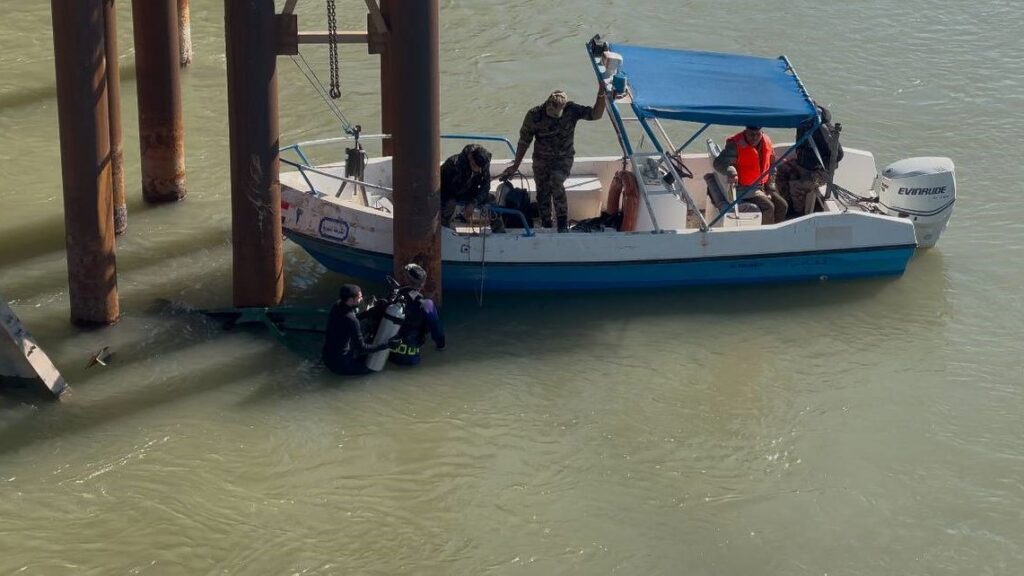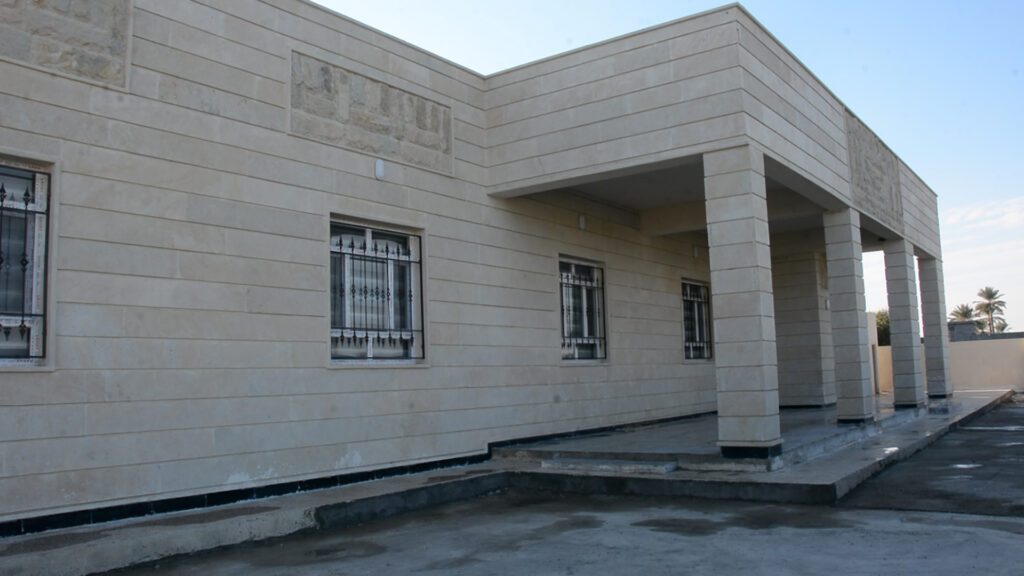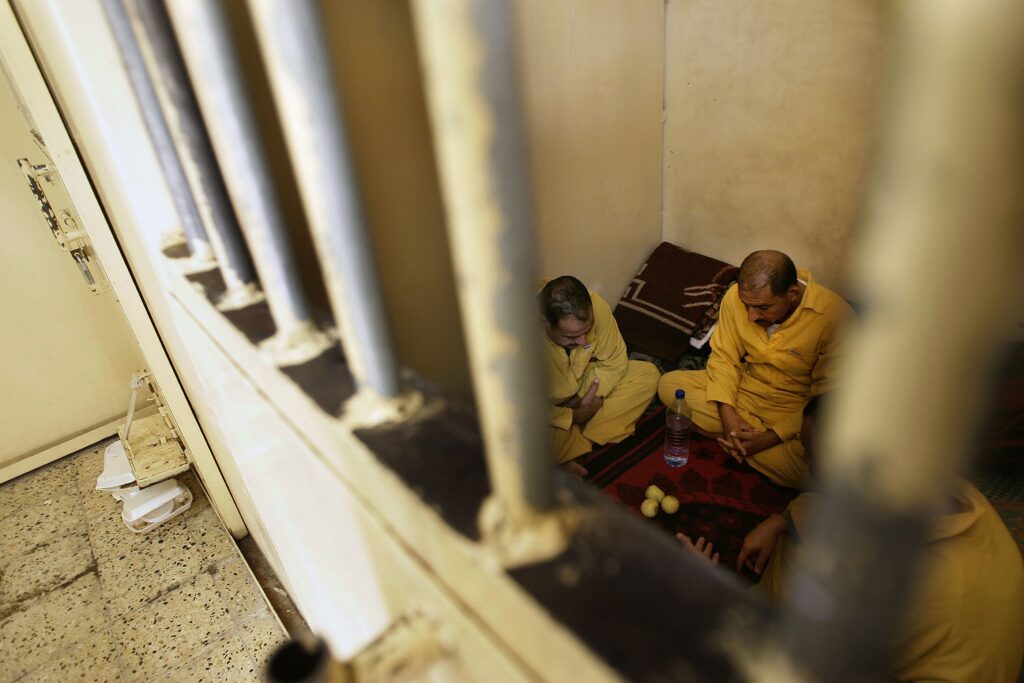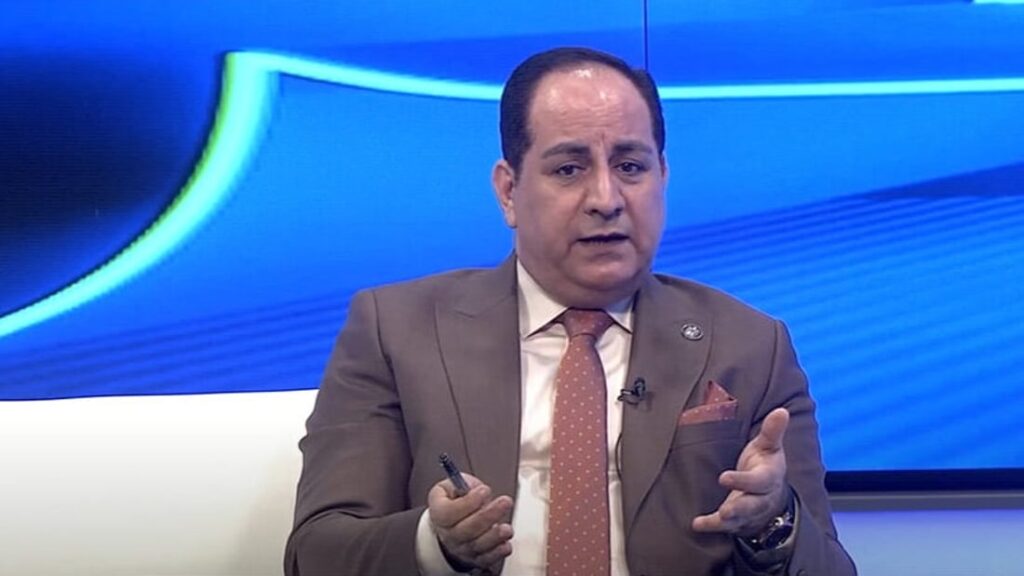Iraq: Ninth report of the Secretary-General on the threat posed by ISIL (Da’esh) to international peace and security and the range of United Nations efforts in support of Member States in countering the threat (S/2019/612)
I. Introduction
In adopting its resolution 2253 (2015), the Security Council expressed its determination to address the threat posed to international peace and security by the Islamic State in Iraq and the Levant1 (ISIL, also known as Da’esh) and associated individuals and groups. In paragraph 97 of the resolution, the Council requested that I provide an initial strategic-level report on the threat, followed by updates every four months. In its resolution 2368 (2017), the Council requested that I continue to provide, every six months, strategic-level reports that reflect the gravity of the threat, as well as the range of United Nations efforts in support of Member States in countering the threat.
This is my ninth report on the threat posed by ISIL to international peace and security.2 The report was prepared by the Counter-Terrorism Committee Executive Directorate and the Analytical Support and Sanctions Monitoring Team, 3 in close collaboration with the Office of Counter-Terrorism, other United Nations entities and international organizations.
It is noted in the report that, in the aftermath of the territorial defeat of ISIL,
ISIL continues to aspire to global relevance, in particular through its affiliates and inspired attacks. The continuing concerns posed by returning fighters and their family members are also noted. Moreover, the report highlights ongoing threats and challenges, including the fact that the current lull in directed attacks by ISIL may be temporary, and the urgent need to address the processing and repatriation of detainees and internally displaced persons, including having to confront humanitarian, logistical, jurisdictional and human rights challenges while addressing security concerns.








